Understanding Roof Flashing: Protecting Flat and Shingle Roofs from Water Damage
Roof Flashing Explained: Water Damage Prevention
Roof flashing is one of the most critical components of a well-protected roof, whether flat or shingled. It acts as a barrier to prevent water from seeping into vulnerable areas, safeguarding your home from costly water damage. At Riley Roofing, we’re here to explain how flashing works and why it’s essential for keeping your roof in top condition.
1. What Is Roof Flashing?
Roof flashing is a thin, durable material—commonly metal—that is installed in areas where the roof surface meets vertical structures, such as walls, chimneys, and vents. Its purpose is to direct water away from these junctions, preventing leaks.
- Materials Used: Aluminum, copper, and galvanized steel are the most popular materials for roof flashing due to their durability and water resistance.
- Common Areas for Flashing: Flashing is found around chimneys, skylights, vents, valleys, and along edges where the roof meets walls or gutters.
Properly installed flashing ensures that your roof remains watertight, even in areas most prone to leaks.
2. How Flashing Works on Flat Roofs
Flat roofs are more susceptible to water pooling, making flashing an essential component for directing water to drains or gutters.
- Sealed Edges: Flashing along the edges of a flat roof creates a waterproof barrier that prevents water from seeping into the roof structure.
- Drain Integration: On flat roofs, flashing is often integrated with drainage systems to ensure water flows off the roof efficiently.
- Flexible Materials: In some cases, flexible membranes are combined with metal flashing to accommodate the unique needs of flat roofs.
At Riley Roofing, we specialize in flat roof flashing solutions that provide maximum protection against water intrusion.
3. How Flashing Protects Shingle Roofs
Shingle roofs rely on flashing to seal intersections and edges where water tends to collect or seep.
- Chimney Flashing: Step flashing and counter flashing around chimneys prevent water from entering gaps between the chimney and the shingles.
- Valley Flashing: In roof valleys where two slopes meet, flashing helps channel water off the roof and into the gutters.
- Skylight Flashing: Proper flashing around skylights ensures that these roof openings remain leak-free, even during heavy rains.
By sealing vulnerable areas, flashing prolongs the life of your shingle roof and reduces the risk of water damage.
4. Signs Your Roof Flashing Needs Attention
Flashing is designed to last, but exposure to the elements can lead to wear and tear over time. Here’s how to know if your flashing needs repair or replacement:
- Rust or Corrosion: Metal flashing can rust or corrode, compromising its effectiveness.
- Cracks or Gaps: Cracked or loose flashing can allow water to penetrate.
- Water Stains or Leaks: Signs of water intrusion inside your home may indicate flashing failure.
- Aging Roof: If your roof is nearing the end of its lifespan, the flashing might need replacement during re-roofing.
If you notice any of these signs, contact Riley Roofing for an inspection.
5. The Importance of Professional Installation
While flashing may seem straightforward, improper installation can lead to significant problems. Professional installation ensures:
- Proper Sealing: Expert roofers know how to seal flashing correctly to prevent leaks.
- Durability: Quality installation materials and techniques extend the lifespan of the flashing.
- Adaptability: Professionals can customize flashing solutions to fit unique roof designs.
At Riley Roofing, our experienced team ensures that your flashing is installed or repaired to the highest standards, providing long-lasting protection.
Protect Your Roof with Riley Roofing
Whether you have a flat or shingle roof, properly installed and maintained flashing is essential for preventing water damage. At Riley Roofing, we offer expert flashing installation and repair services to keep your roof watertight and secure.
Don’t let minor issues turn into costly repairs. Contact Riley Roofing today for a free inspection and ensure your roof is ready to weather any storm.


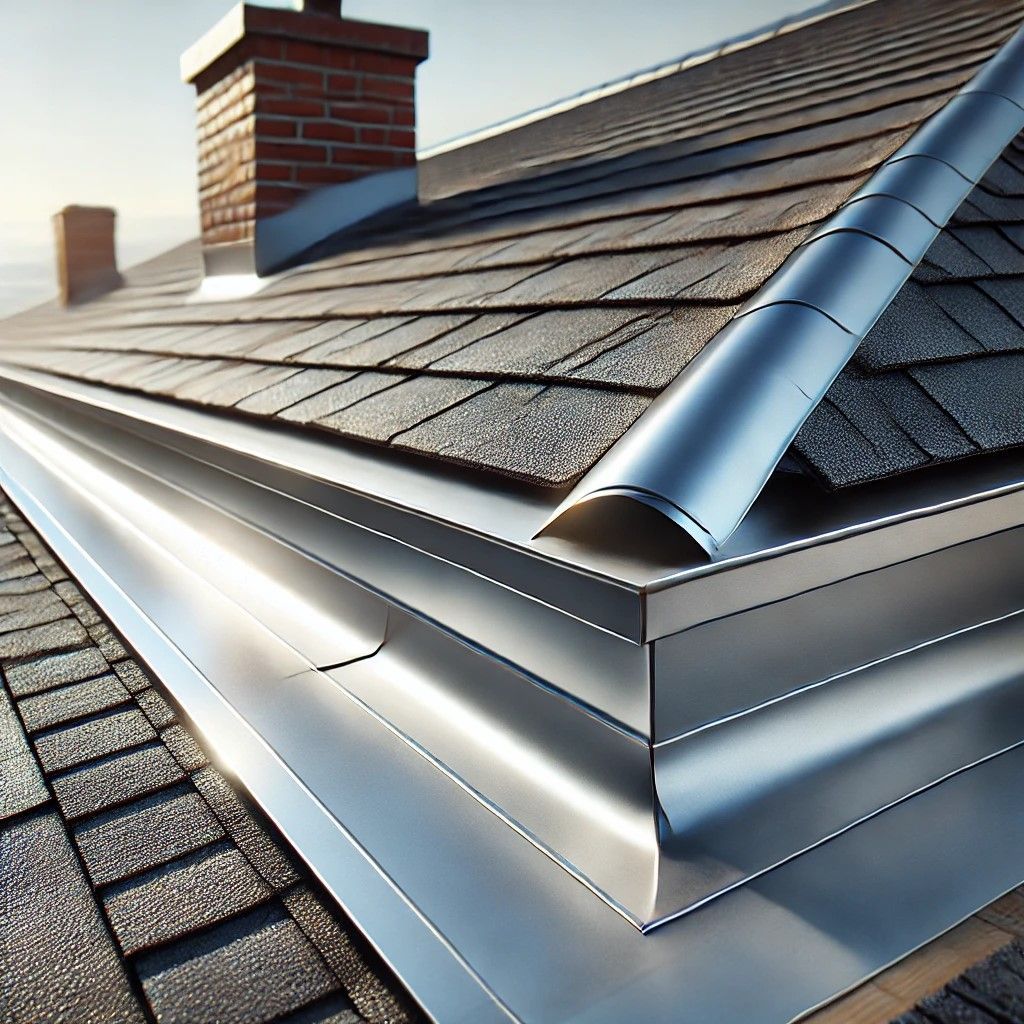
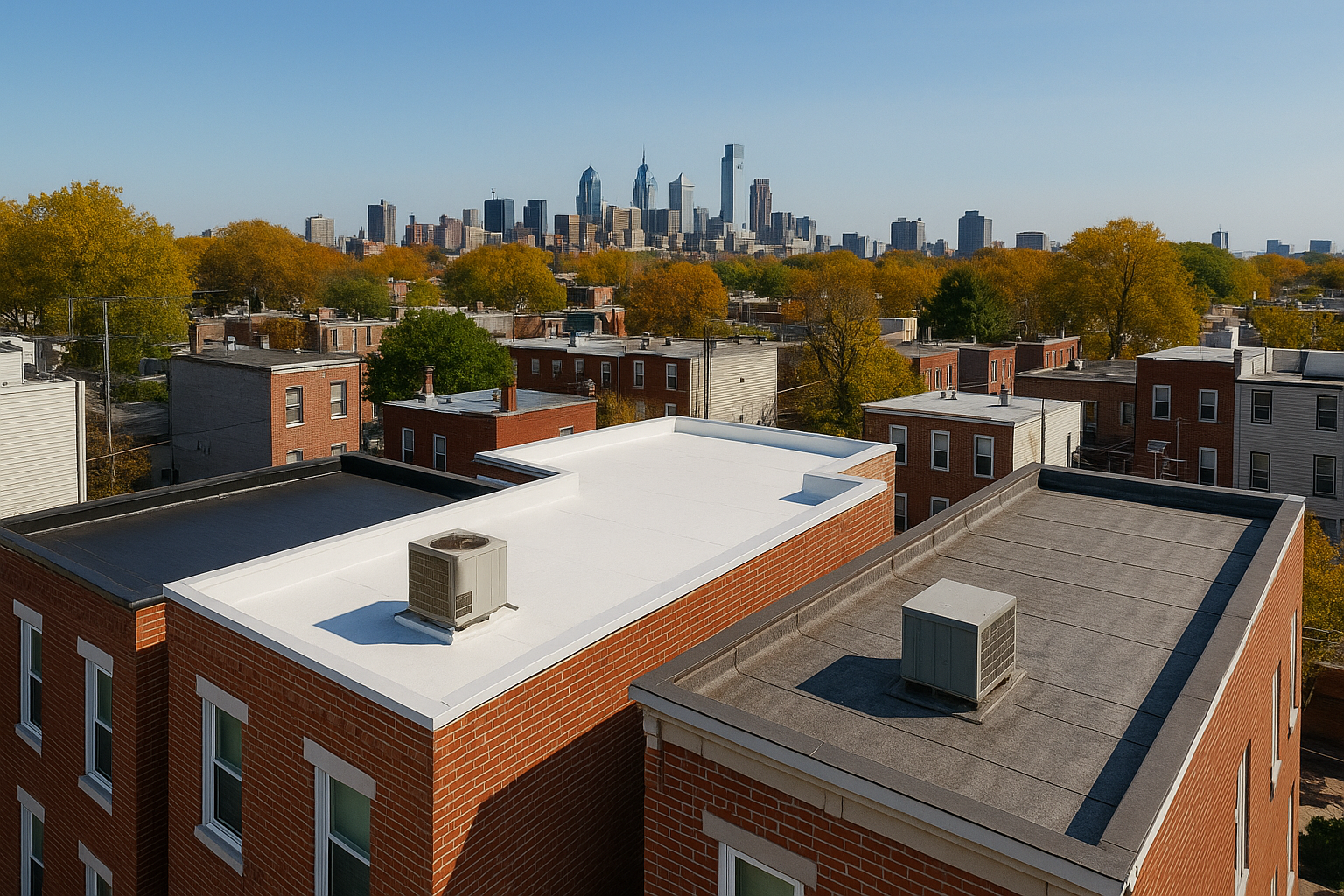
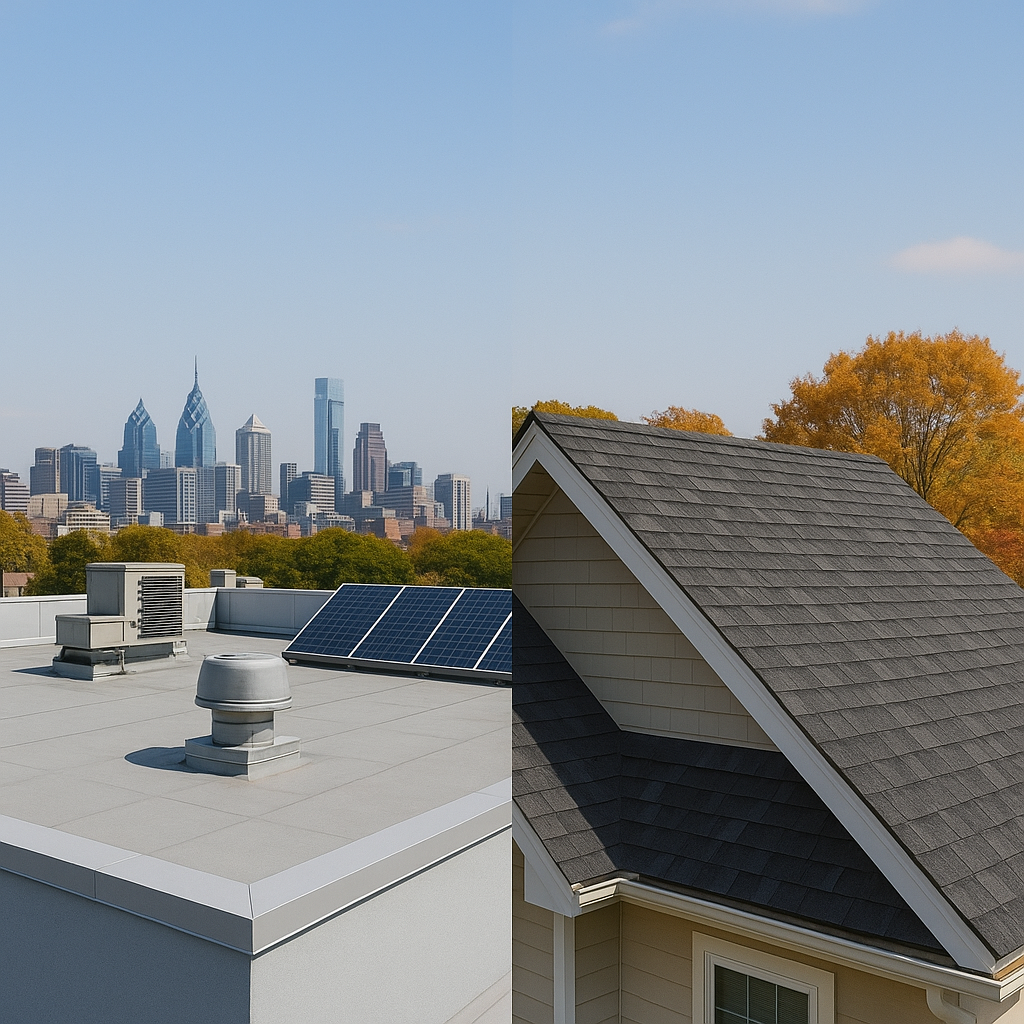

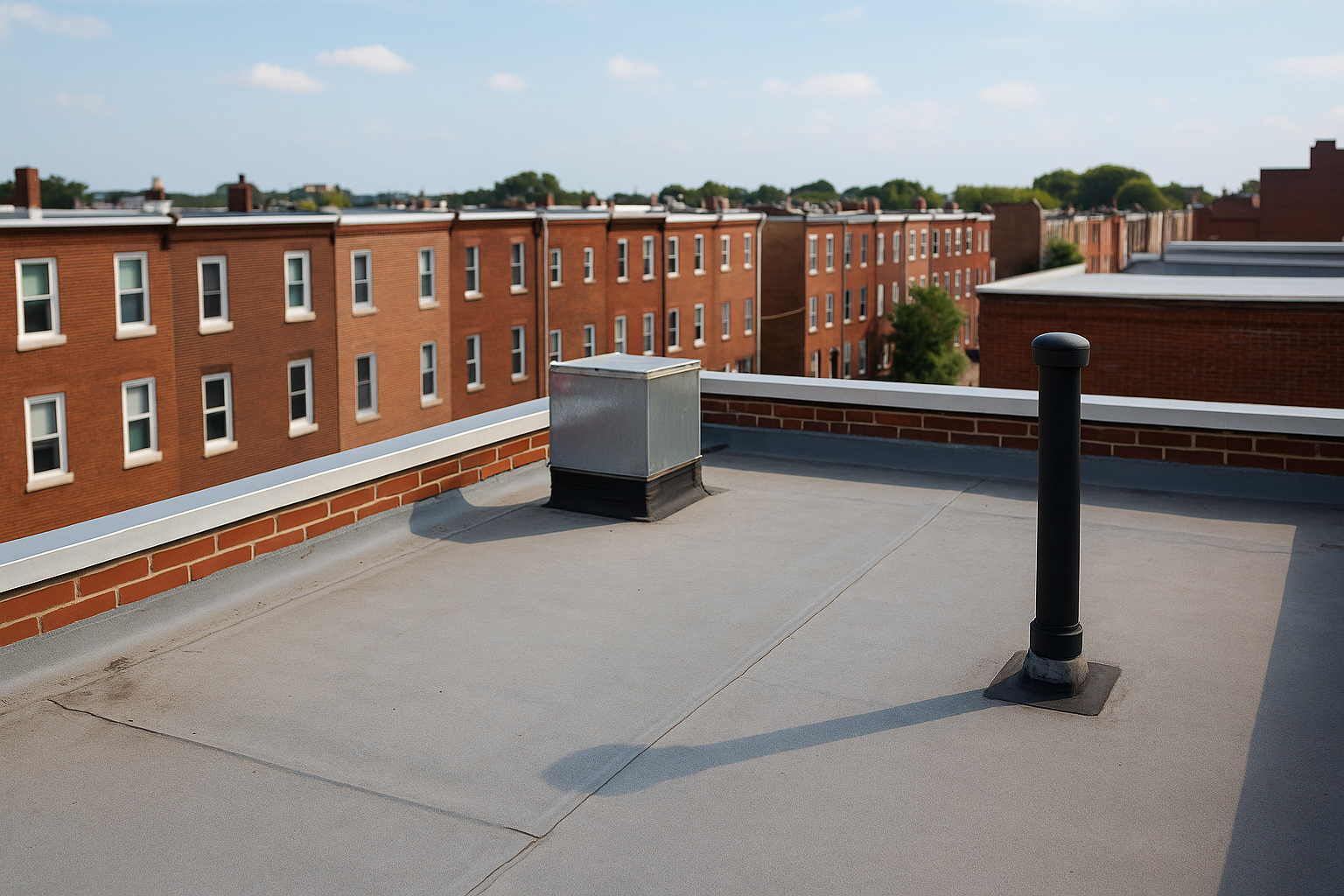
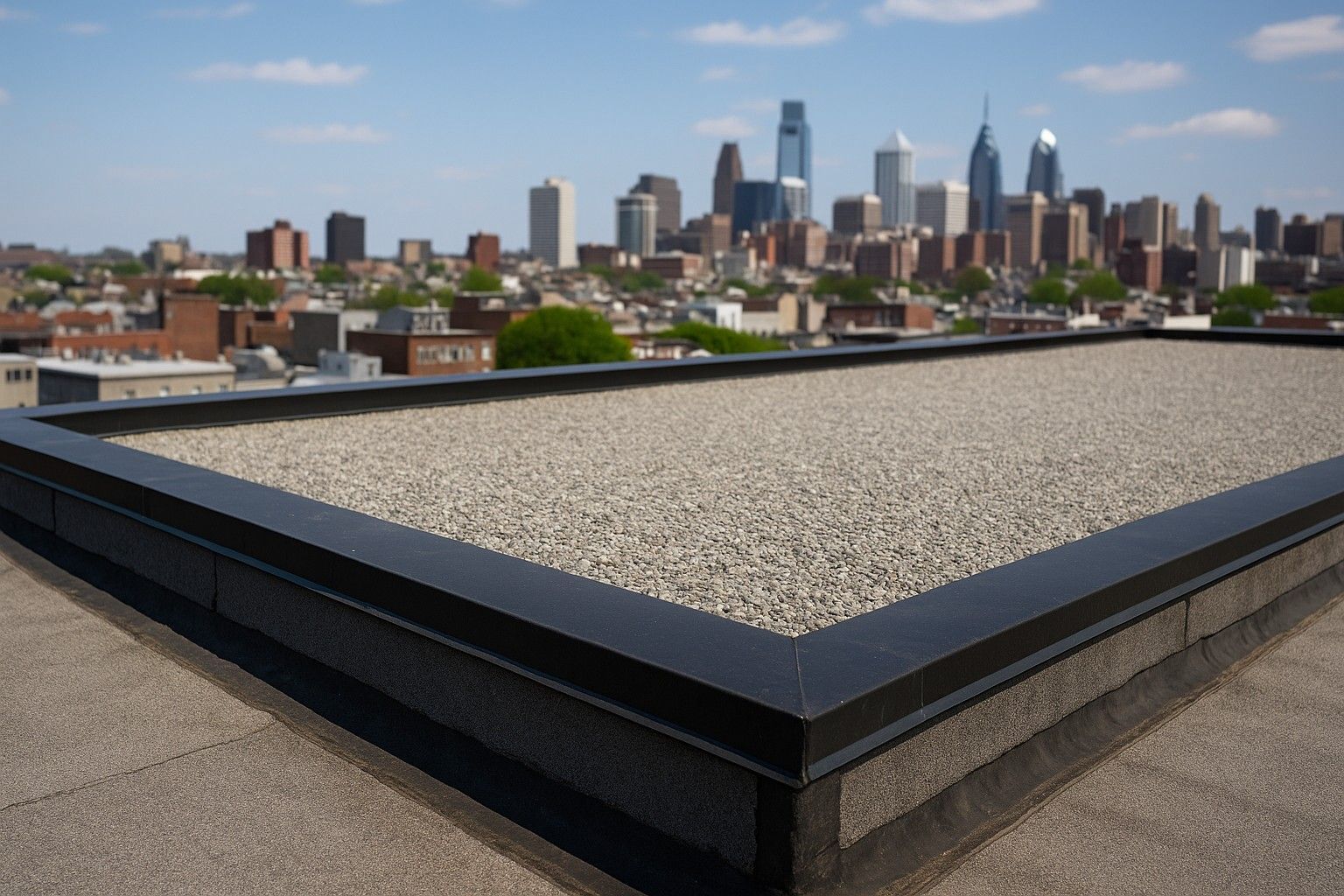
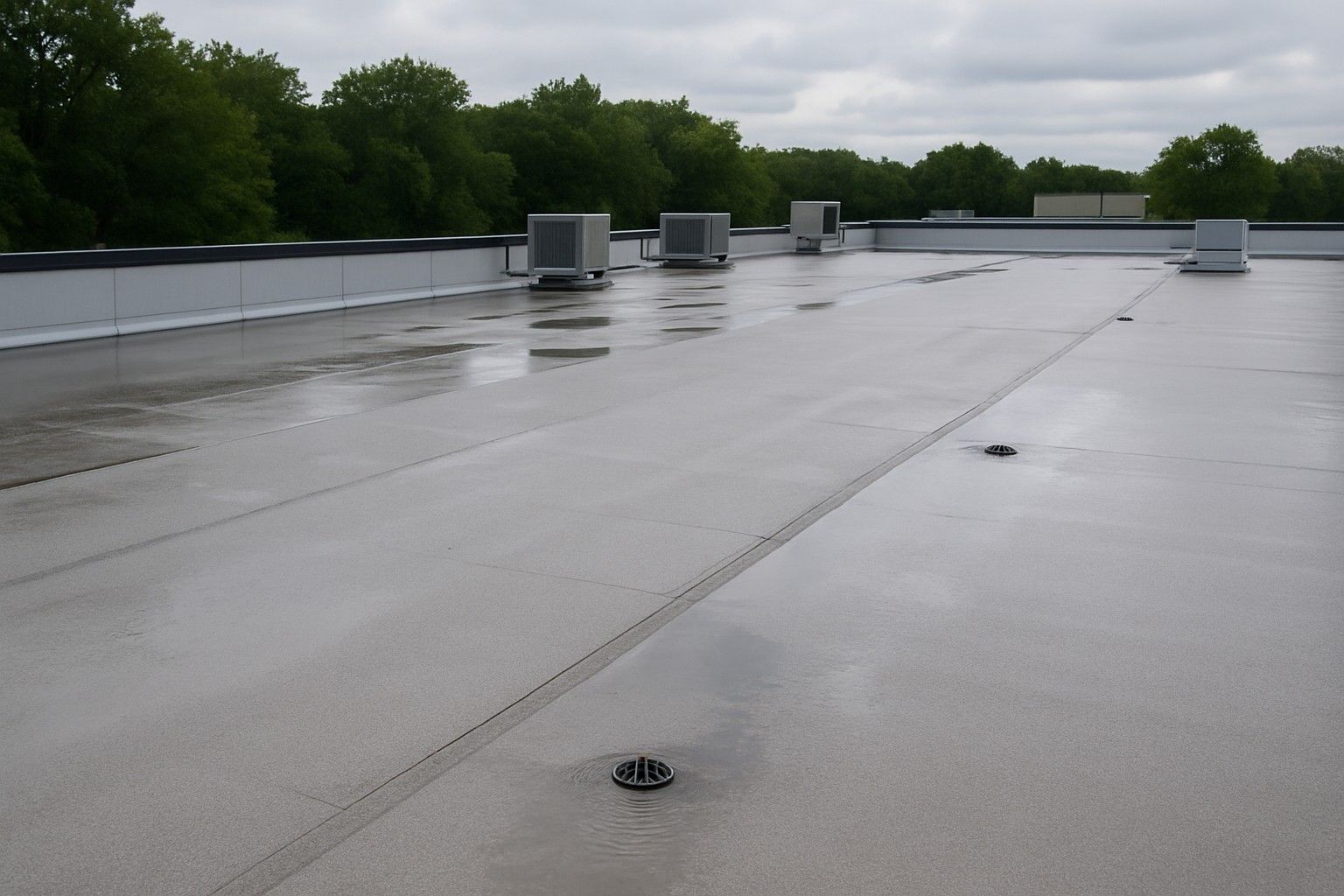
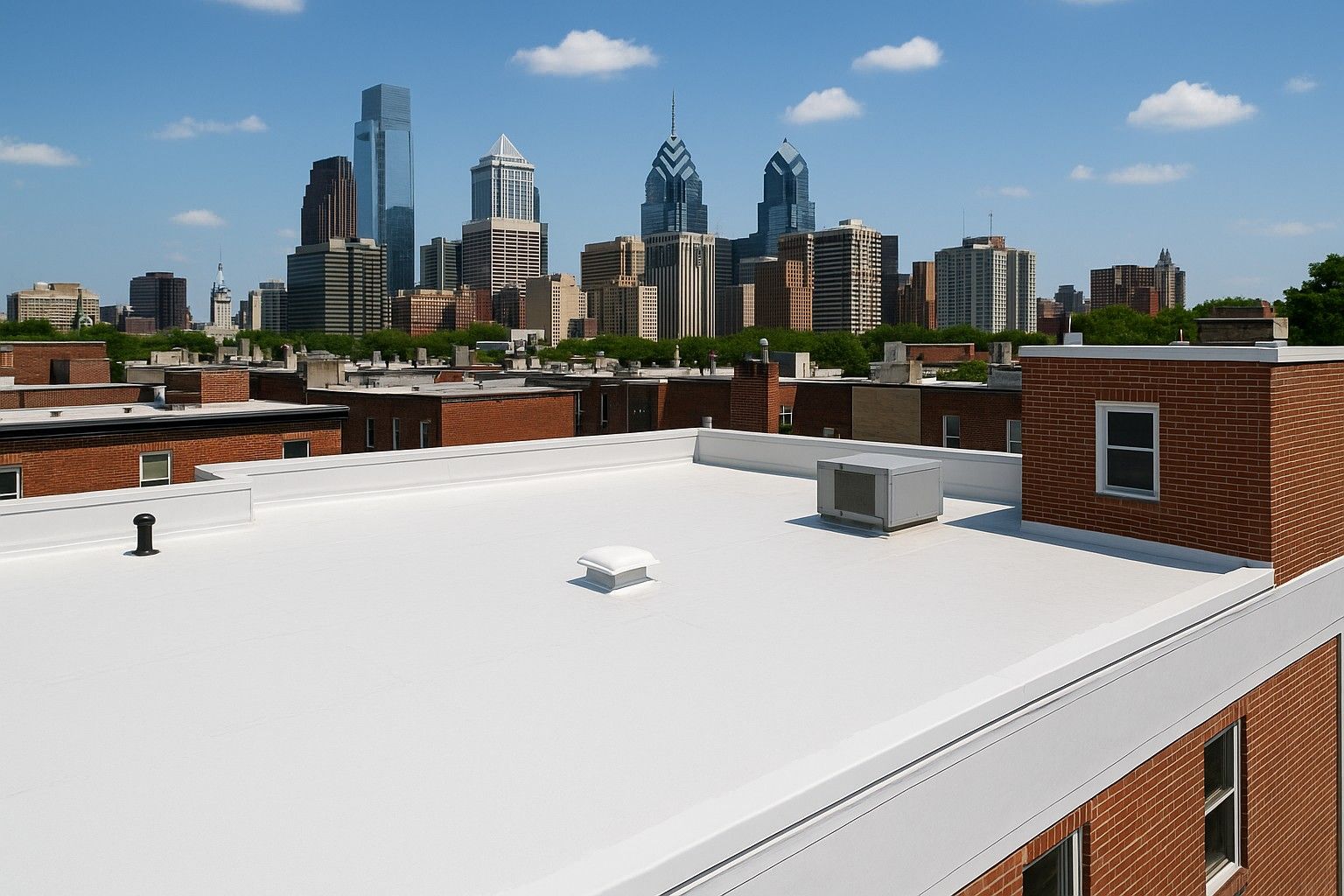
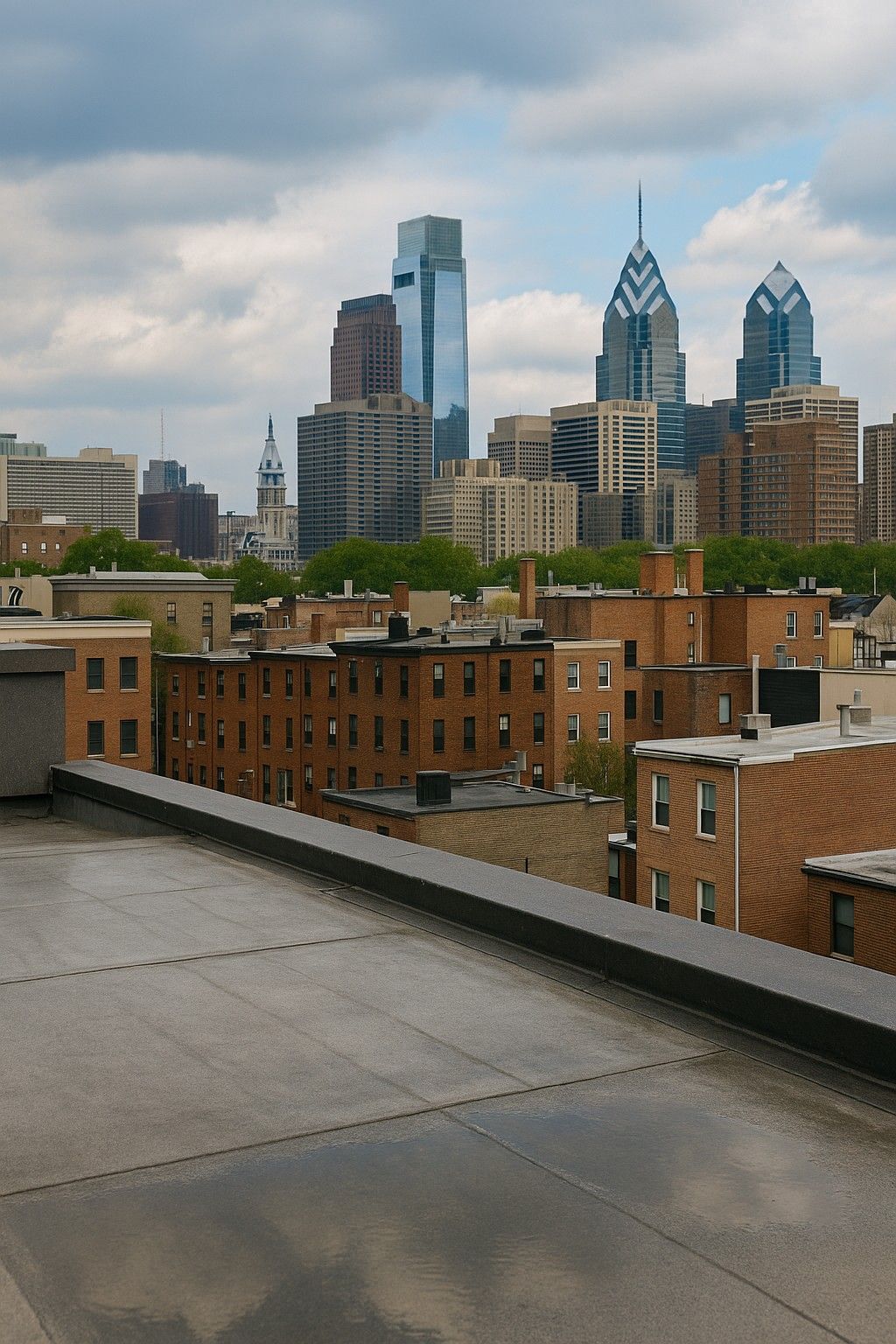
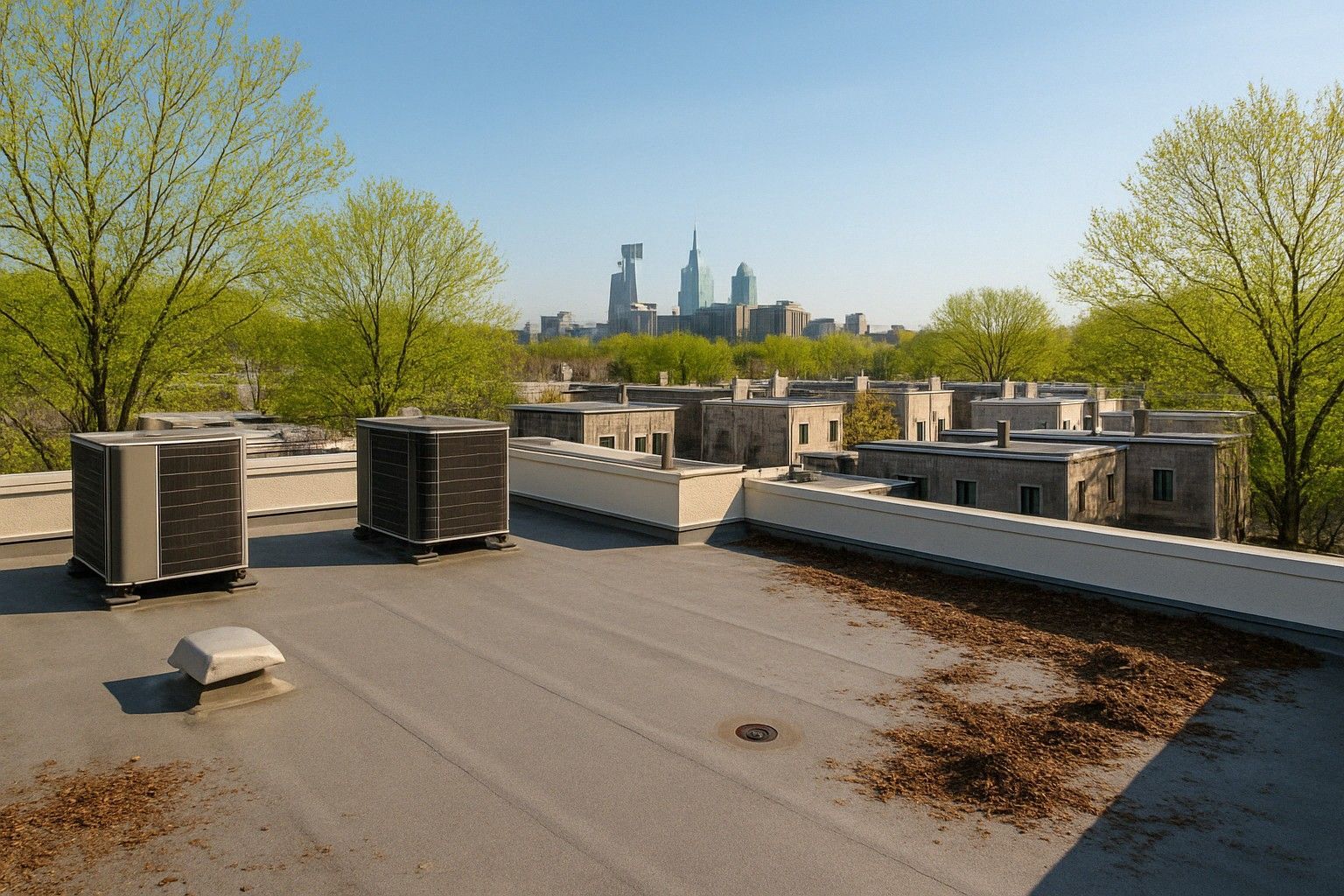

Share On: